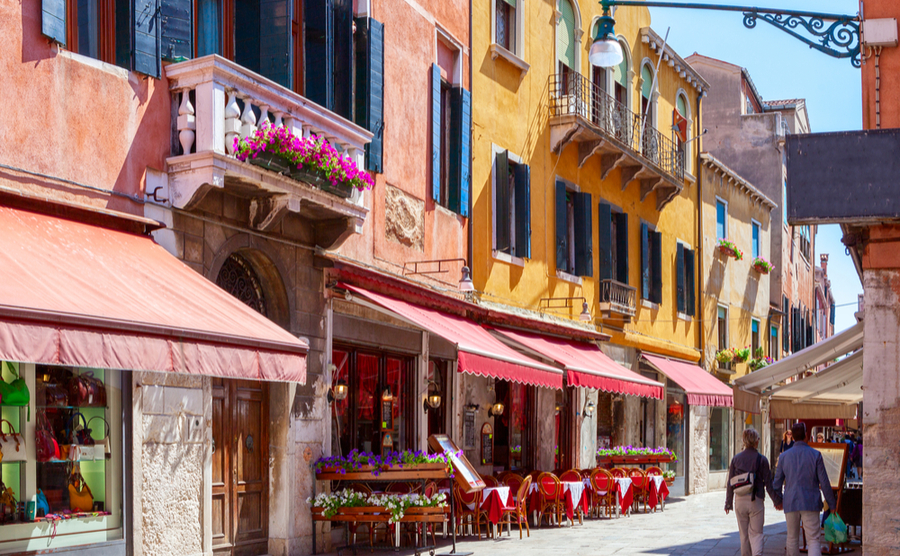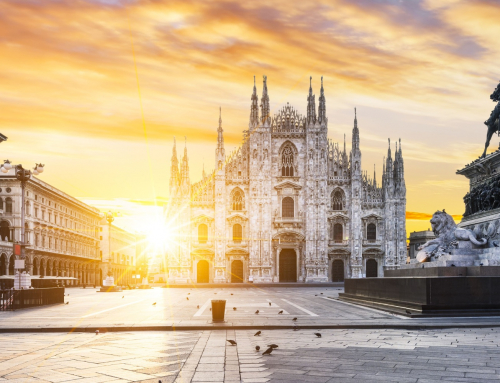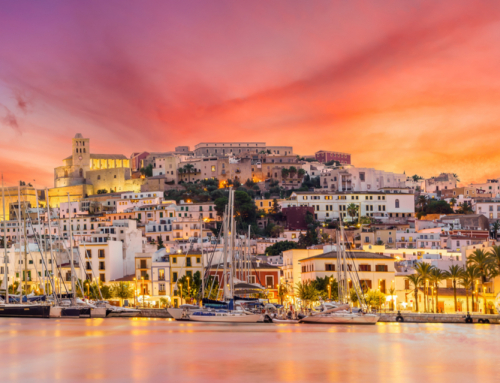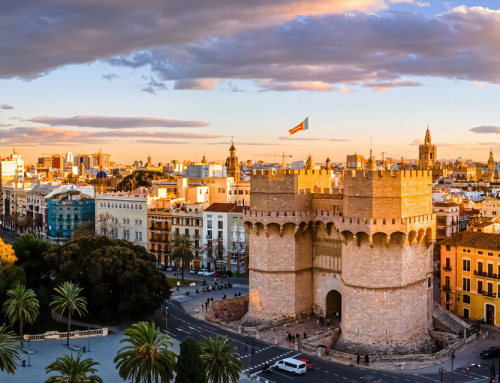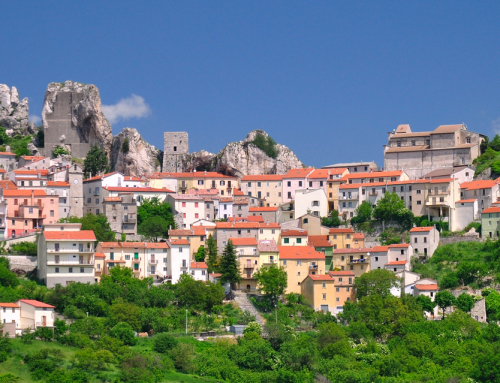When budgeting for your dream Italian home, don’t just include the purchase price – you’ll have a number of key further costs to include, too. So, what are the main costs of buying a home in Italy?
Registry tax
You pay this on what’s known as the ‘cadastral value’ (land registry value) of a resale property. In other words, it’s calculated through the municipal rateable value – which is generally much less (30-50%) than the actual purchase price. Your estate agent will be able to help you with this figure.
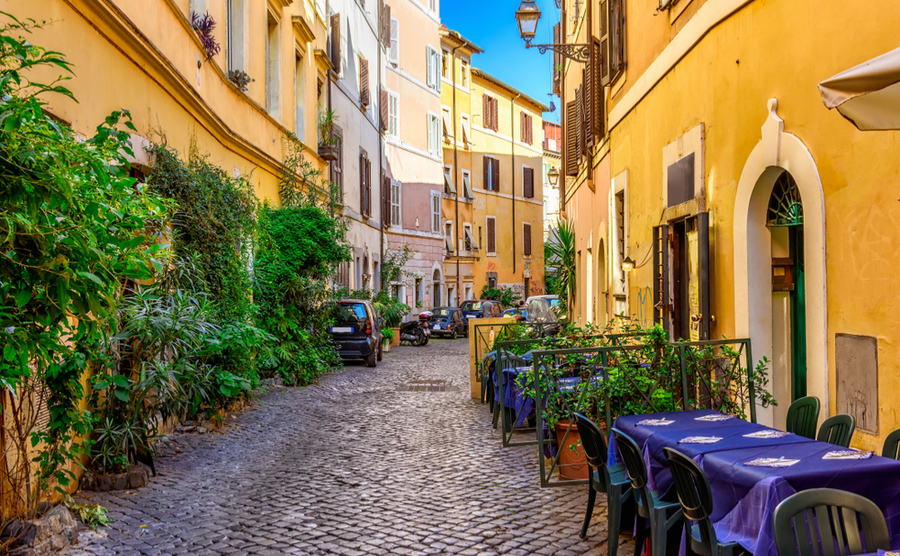
Remember to include taxes and fees in the cost of buying a home in Italy.
As for the percentage of tax, it depends on the purpose. For a primary residence, it’s 2% of the cadastral value. For a secondary home, such as a holiday home, it will go up to 9%. As such, it can be a significant cost of buying a home in Italy!
For new builds, you don’t need to pay this tax. However, you will still need to pay VAT. For a primary residence, it’s 4% and, for a secondary one, it’s 10%. Agricultural land will also often lead to a higher tax rate.
Notary fees
The notary is a non-partisan representative of the Italian state, who ensures that the purchase proceeds legally and correctly. They do charge fees to the buyer, as they are in fact self-employed and not civil servants.
These fees normally amount to around €2,000-4,000, depending on the property price.
Estate agent fees
Good news: these are included in the property price and are normally around 3%, depending on the agent.
Lawyer fees
If you chose to hire an independent lawyer – which is generally a sensible course of action when buying a home in a country where you might not necessarily speak the language – then do expect fees from them, too. Usually, you’re looking at a minimum of 1% of your property price for their services, and rarely below €2,000 (plus 22% VAT).
IUC/Municipal tax
Remember to take this annual tax into account with the cost of buying a home in Italy. It’s made up of three parts:
- TASI/Tassa sui Servizi Invisibili Comunali: This finances services provided by the local administration, not dissimilar to council tax in the UK or LPT in Ireland. It’s paid in two instalments, in June and December, and is usually paid by the property owner (some regions charge it to the tenant instead, if the property’s let out). You only need to pay this on a primary residence if it’s categorised as ‘luxury’.
- IMU/Imposta Municipale Unica: This is paid on the possession of real estate assets, as long as it’s not a (non-luxury) primary residence. Again, you pay in June and December.
- TARI/Tassa Sui Rifiuti: This tax funds waste management and must be paid by the person living in the home (so either the owner-occupier or tenant). Depending on your circumstances, you may be able to get a reduction. Again, rates will change between municipalities.
–
If you are ready to buy in Italy, don’t miss your free Italy Buying Guide
Wherever you wish to live in Italy, knowing how to negotiate for your property will help you get the most house for your money! Download your free guide: How to Negotiate Abroad.
Are you looking for a property in Italy? Search on Green-Acres
Want to sell your property on Green-Acres? Advertise on Green-Acres

